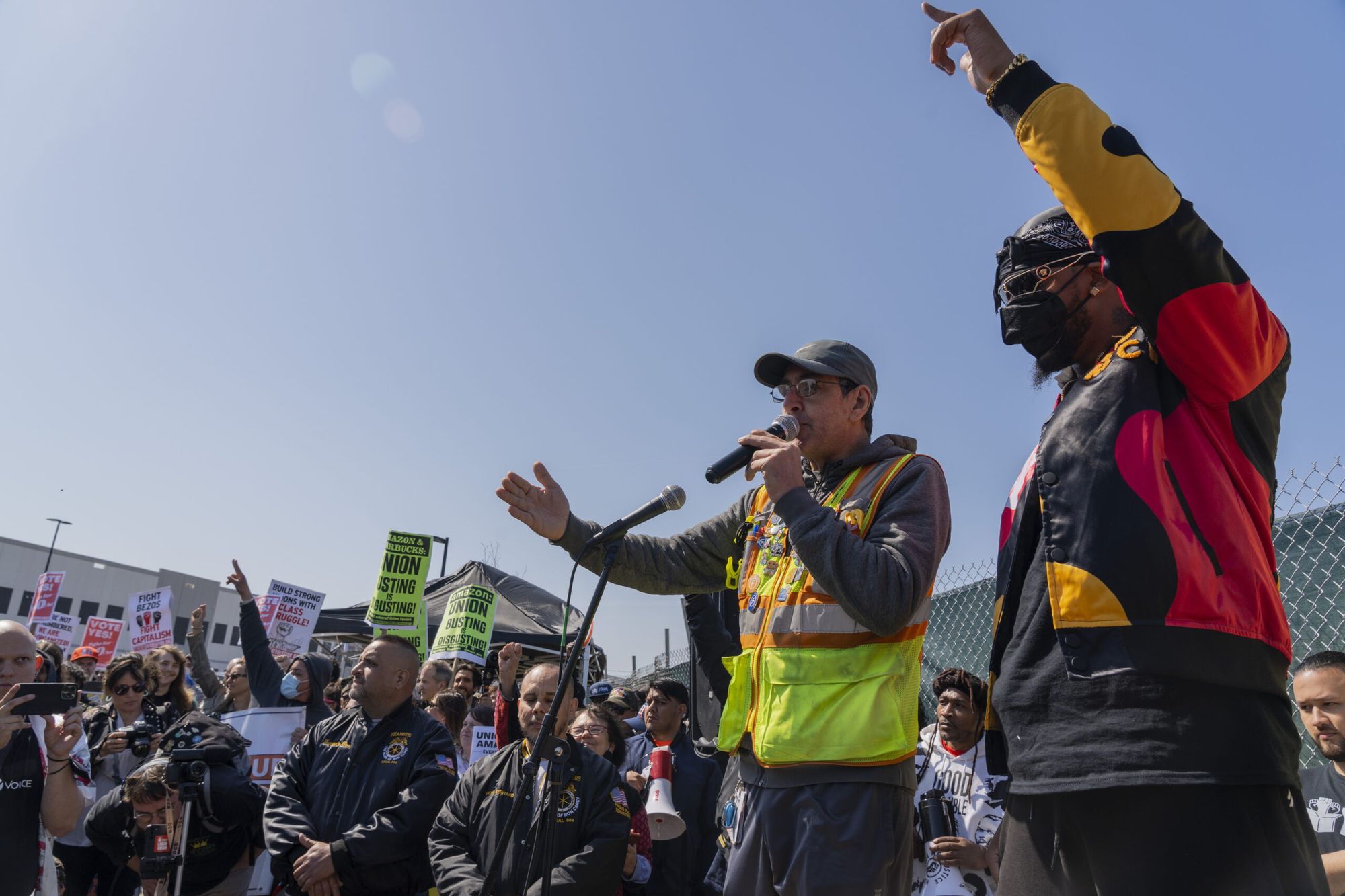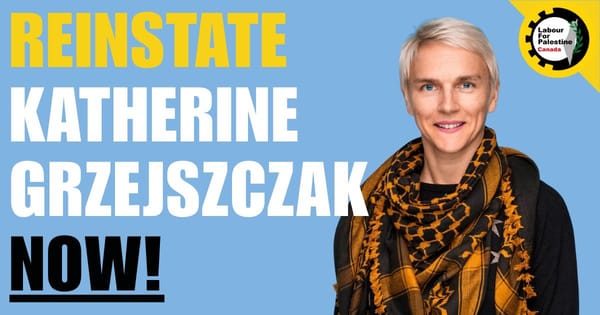Back in March, Amazon made a somewhat curious announcement ahead of workers at its warehouse on Staten Island, N.Y. voting to unionize (which I covered in an earlier edition of Class Struggle). At that time, Amazon adopted a new “freedom of association and collective bargaining” policy and made a public commitment to respect international labour and human rights, namely right of workers to freely form or join unions. As its policy report stated, “Both the [United Nations] and the [International Labour Organization] recognize the right to freedom of association and collective bargaining, and we respect and support these standards.” Yet at the same time, Amazon went to remarkable lengths fighting unionization both in Staten Island and in Bessemer, Ala., actions entirely at odds with the company’s stated commitment to respect national and international labour rights.
The University of California, Berkeley’s Labor Center and Center for Law and Work have published a new report that systematically assesses Amazon’s freedom of association policy and the degree to which the company adheres to internationally recognized labour standards. As “Failure To Deliver: Assessing Amazon’s Freedom of Association Policy Under International Labor Standards” makes clear, Amazon remains a serial violator of international labour standards and norms, the corporation’s ostensible commitment to freedom of association notwithstanding.
The first indication that Amazon’s freedom of association policy announcement was mostly window dressing was that it made no reference to ILO Conventions 87 or 98, the two foundations of international freedom of association. These standards are meant to protect the right of workers to join or form independent trade unions, free from employer or government retaliation. Instead, Amazon persists in promoting its preferred “direct” relationship with employees, considering all forms of “employee association” to be more or less equal, despite the fact that the international hallmark of trade union rights is independence from employer manipulation and coercion.
As the report points out, on its face, the above omissions makes Amazon’s policy non-compliant with international labour standards. This is all the more significant because, as part of its policy, Amazon claimed that where international standards provide better protections than American labour law (which is not uncommon, as you’d expect), the company would adhere to the better legal standard. There’s no evidence of this in the remainder of Amazon’s freedom of association commitment, rendering the document both unconvincing and internally incoherent.
Additionally, key to the international labour rights framework is the principle of non-interference in union organizing activity and the collective bargaining process. Of course, an integral part of Amazon’s anti-union strategy, particularly in the United States, has been instilling fear among workers and potential union members. The company has infamously done this through mandatory “captive audience” meetings where workers are subjected to anti-union propaganda, and by surveilling, punishing, and firing workers thought to be organizing, and even having union organizers arrested on company property.
Beyond these affronts to basic international labour standards, Amazon still refuses to accept the result of the union vote at JFK8 in Staten Island, and is pursuing the various legal avenues that the byzantine union certification process in the U.S. provides employers who want to drag their feet in the hope of exhausting an organizing campaign and eventually decertifying a newly formed union. Quite obviously, Amazon’s actions during recent union organizing campaigns evince a total lack of adherence to both its stated labour policy commitments, as well as international labour rights. And, as a recent NLRB decision finds, the company also violated domestic U.S. labour law in disciplining and firing workers for engaging in protected activity, i.e. union organizing.
It seems Amazon wants to have its cake and eat it too when it comes to labour rights and standards. The company likely recognizes that public opinion about unions and the benefits of collective bargaining has shifted, with the largest share of people since the ’60s indicating that they support unions. Moreover, Amazon’s high turnover employment strategy, based on gruelling working conditions and constant employee attrition, is likely running up against some of the constraints of a tighter labour market where workers are beginning to exercise more power. In this context, Amazon seemingly recognizes that it has to at least appear to be reforming its internal labour practices and blatant anti-union behaviour, without changing much in practice.
By contrast, Microsoft and the Communications Workers of America union recently announced that they had entered into a neutrality agreement that would see the employer allow employees to “freely and fairly” choose union representation. While this has been celebrated as a more enlightened approach to labour relations in the tech sector, we should hold our applause. After all, Microsoft has more or less said, ‘we will abide by the law.’ Hardly a position that warrants excessive praise or congratulations.
Amazon management, on the other hand, is clearly committed to keeping the company union-free and retaining unilateral managerial prerogative, hence its continued promotion of forms of direct employee-employer (i.e. non-union) consultation and interference in workers’ legally-protected forms of concerted activity.
Failure to Deliver makes a series of “minimum” recommendations to bring Amazon into compliance with American and international labour law and standards. These include: “Not hiring anti-union consultants to wage campaigns against workers’ organizing efforts; not forcing workers into anti-union captive audience meeting; not creating anti-union websites or using company communications systems to convey anti-union messages; not disparaging, deriding, or otherwise attacking unions; not telling workers that ‘management starts bargaining at minimum wage’ or that workers could lose pay and benefits if they form a union; not telling workers that management will replace them if they exercise the right to strike; not refusing access to the workplace for union representatives to discuss organizing with employees under ILO rules.”
The likelihood of Amazon adopting these principles as the basis of its labour standards policy is slim. Ultimately, it will take a concerted battle and more union victories in Amazon facilities to bring this recalcitrant employer into line.







